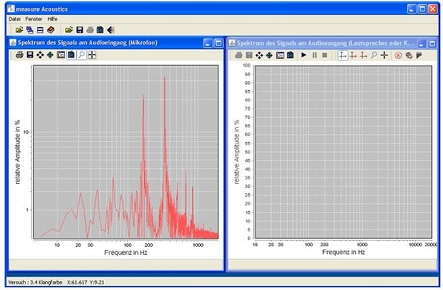
Technical data Fundamental, overtone and tone colourArticle no: P6011800  Principle If one plays a note, e.g. the concert pitch A, on different instruments, it will sound different from instrument to instrument. This is called the tone colour or timbre. Since every instrument has a typical tone colour, this particular tone colour can be recreated with electronic tone generators, e.g. synthesizers or keyboards. In this experiment, the students examine the frequency spectra of their voices and of two instruments. They learn that the various overtone spectra are responsible for the different tone colours (timbres) while the fundamental tones determine the pitch. In addition, they try to simulate the sound of an instrument with a sequence of pure tones. Benefits
Tasks Examine the tone colour of different tones in this experiment. Analyse the frequency spectrum of your voice. Compare the tone colours of various different instruments. Simulate the sound of an instrument with the PC. Learning objectives
Scope of delivery
| |||
Robert-Bosch-Breite 10 – 37079 Göttingen – Germany
www.phywe.com

